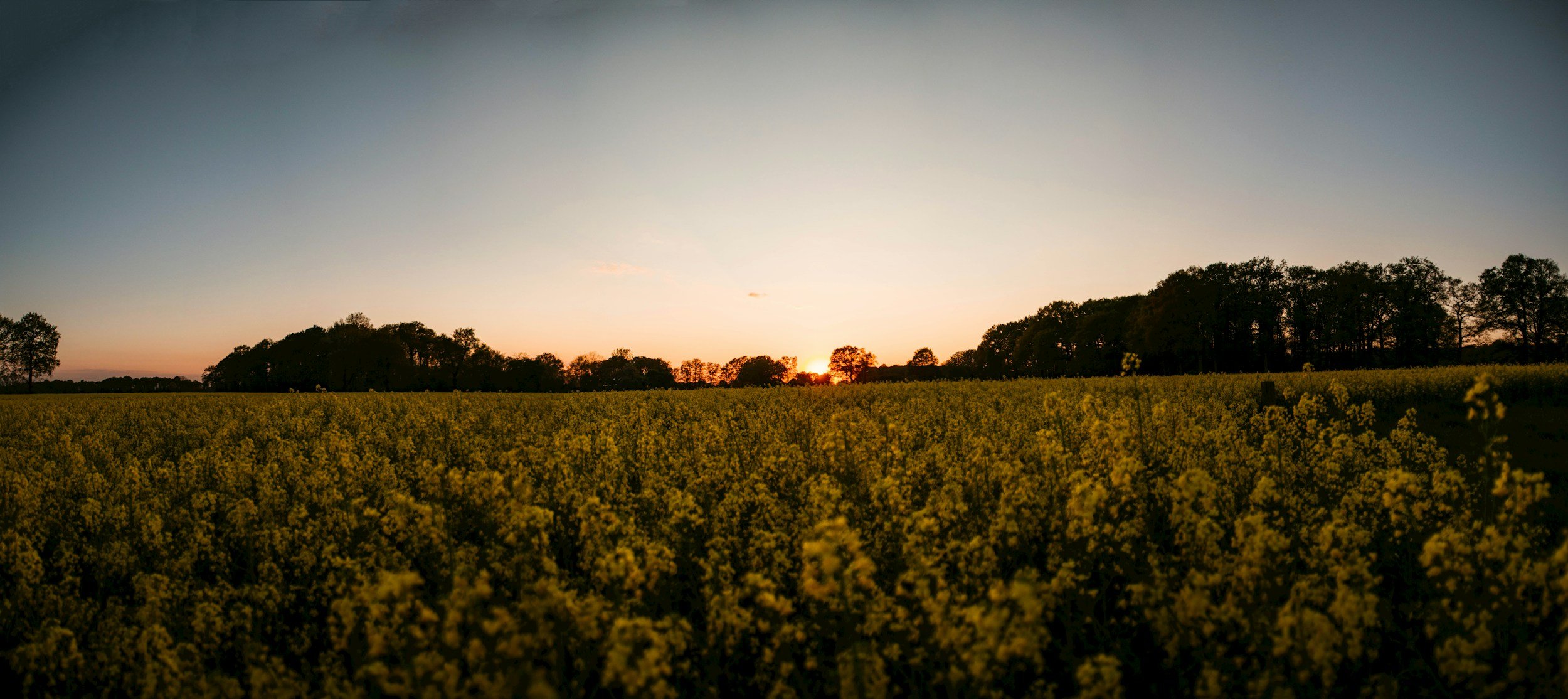



Join Us and Cat Free from Trent University to learn more about Indigenous Chefs and their role in food sovereignty, and for a broader conversation on Indigenous knowledges around food.

Not that long ago the plains and forests of North America teemed with wildlife, including more than 30,000,000 plains bison and hundreds of thousands of their northern relative, the wood bison. By the late 1800s both were extirpated from their ancestral lands. This depopulation of a keystone species had significant implications for the other species that depended upon them for their very survival. This presentation takes the viewer from the time when prehistoric species roamed the continent, through to the present, and discusses modern threats to grassland insects and birds that depend on bison and healthy ecosystems today.

The Kainai Iinnii Rematriation Project (KIRP) is an eco-cultural restoration project that centers around the restoration of the land and culture of the Kainai (Blood) First Nation by re-introducing plains bison (Bison bison bison) back native mixed-grass prairie pastures on the North End region of the Blood Reserve.

Once numbering in the tens of millions, buffalo have played a significant role in structuring the intricate food webs, trophic cascades and inter-species relationships that evolved over thousands of years. Wes Olson has spent over 35 years working closely with buffalo first as a Parks Canada warden and now as a bison consultant. Wes is a published author and literally 'wrote the book' on buffalo.

Bridge to Land Water Sky & Alberta AgriSystems Living Lab & the ê-kanâtahk askiy SAGE Project presents Dr Melissa Arcand and Teresa Porter sharing their knowledge on soil health from an Indigenous and Western Science Perspective.